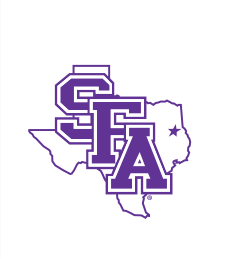Document Type
Conference Proceeding
Publication Date
2006
Abstract
During late winter, 1994 and 1995, we investigated food habits and preferences of northern bobwhites (Colinus virginianus; hereafter, bobwhites) collected on forested lands in east Texas. Crops for bobwhites were collected from areas under 3 management regimes, namely intensively managed for bobwhites (QMA) (i.e., tree basal area reduced, annually burned, numerous multi-stage food plots, etc.), extensively managed for timber and wildlife (NBS) (i.e., burned every 3-5 years, scattered 2-stage food plots with corn feeders), and unmanaged for wildlife (i.e., burned every 5-7 years). With years pooled, partridge pea (Cassia fasciculata), Hercules club (Zanthoxylum clava-herculis), and pine (Pinus spp.) seeds, and clover leaflets (Trifolium spp.) comprised 93% by weight of foods of 79 bobwhites foods on QMA. On NBS, 81% of 40 bobwhite diets was butterfly pea (Centrosema virginianum), browntop millet, pine, wild bean (Strophostyles spp.), and corn seeds and clover leaflets; millet and corn were from food plots and feeders, respectively. For unmanaged areas, 79% of 19 bobwhite diets was butterfly pea, rush (Juncus spp.), pine, partridge pea, and American beautyberry (Callicarpa americana) seeds, and clover leaflets. Top-ranked food items on QMA were pine,
Repository Citation
Dietz, Donald R.; Whiting, R. Montague Jr.; and Koerth, Nancy E., "Winter Food Habits and Preferences of Northern Bobwhites in East Texas" (2006). Faculty Publications. 517.
https://scholarworks.sfasu.edu/forestry/517



Comments
Dietz, Donald R., Jr.; Whiting, R. Montague, Jr.; Koerth, Nancy E. 2009. Winter food habits and preferences of northern bobwhites in east Texas. In: Cederbaum, Sandra B.; Faircloth, Brant C.; Terhune, Theron M.; Thompson, Jeffrey J.; Carroll, John P., eds. Gamebird 2006: Quail VI and Perdix XII; 2006 May 31-June 4; Athens, GA: Warnell School of Forestry and Natural Resources, University of Georgia: 160-171.